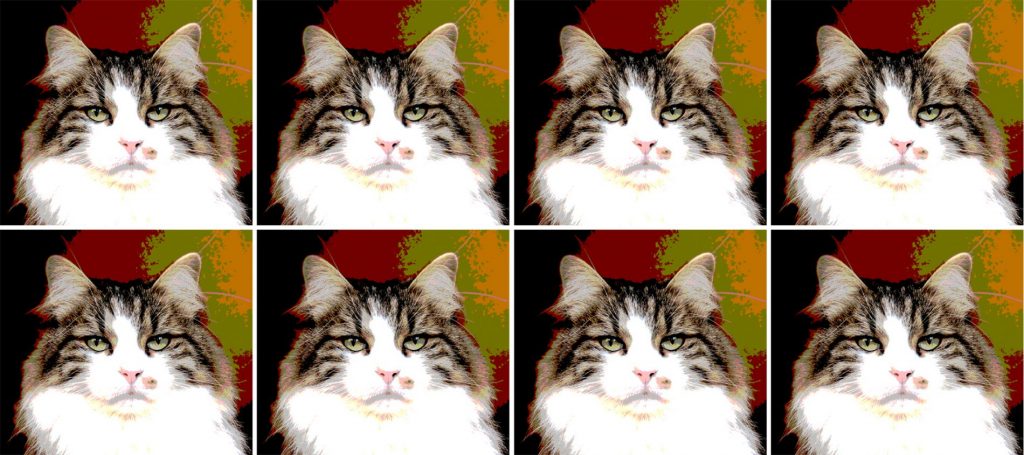John New of the JohnNewCreative marketing communications consultancy has put in over 30 years to helping brands of all shapes and sizes.
According to John, one of the most common issues to be addressed is that of differentiating a product or service from what’s on offer from the competitors. “This is particularly relevant at this time of year when many organisations review past performance and plan for what lies ahead. One big question that must be raised is: “can we withstand competitive pressure in the marketplace?
The ability to deploy a true USP (unique selling proposition) will become fundamental to the weapons in the business’s armoury. However, what if there isn’t one? What if the proposition appears to have parity with the other players in the market? And what if there are new kids on the block who’ve started off marketing with a copycat proposition?
Solicitors, accountants and dentists have struggled with this ‘me-too’ (or is it me-ow) issue for years; relying on their reputations to retain clients with new one’s arriving through referral. However, competitive landscapes can change overnight putting pressure on traditional sales funnels” warns John.
And so, what do you do when the product or service doesn’t possess a significant competitive advantage over the competition and it’s not possible to significantly change the product or service leaving the organisation in all respects, other than its name, appearing to the marketplace to be no different to the competition? This is when those worn out promises of a friendly personal service and efficiency promises get rolled out as though we will now assume that the competition will go out of its way to be abusive and try their hardest to let us down.
John offers the following insights from his experience of burning the midnight oil creating solutions to meet this onerous challenge. “There is always something within the ‘DNA’ of a branded product or service that will not only help distance it from the competitor’s proposition in the minds of the market and that at the same time, wrap an extra layer of buyer appeal to the brand’s character and personality. However, it’s not just a matter of identifying it (or them), it’s the knowing how to communicate these golden nuggets in order to gain a competitive advantage.
However, tempting when looking for a way to create a point of differentiation, there is no point in inventing a difference (or gimmick) that can’t stand up to scrutiny” says John. “…your buyers will find you out, leading to the kind of brand embarrassment and commercial damage that must be avoided at all costs. One advertising luminary is said to have advised that “if you’ve nothing to say – sing it” We’ve all seen or heard those commercials – but did we buy the product?
Another marketing fundamental to remember is that successful brands know what their customers buy and why. This intel is then embedded into all communication back to the customer and to similar like-minded target groups. Is your marketing set up to provide you with the customer profile and behavioural information that a writer would need in order to befriend a reader, viewer, visitor or listener and so become a cherished, reliable source of valuable information? If the answer is ‘no’ then the communication may well rely on educated guesswork whereas, if the answer is yes, then this is the most effective way for a brand to secure space and a place in the world’s most valuable real estate, the human mind.
John freely acknowledges that much of what he’s said here may be common knowledge. “However, much of what I’ve discussed is not common practice. One reason for this is technology. Whilst undeniably being a powerful weapon in a marketer’ s arsenal, it all too often renders the communication formulaic and therefore unconvincing, lacking the ability to engage. Whereas, it requires the experience and carefully honed skills of specialists who generally reside with the marketing communication industry and know how to win hearts and minds with the words and pictures that live on line, on paper, on film, on air or on the product packaging.
In conclusion, John suggests that “the next time an organisation is faced with the competition seemingly offering the same (or annoyingly similar) copycat proposition, the solution for tackling this challenge will most probably be found lurking somewhere within the organisation itself. It’s just a matter of looking for it, but with an eye for the sort of thing you’re looking for.”
